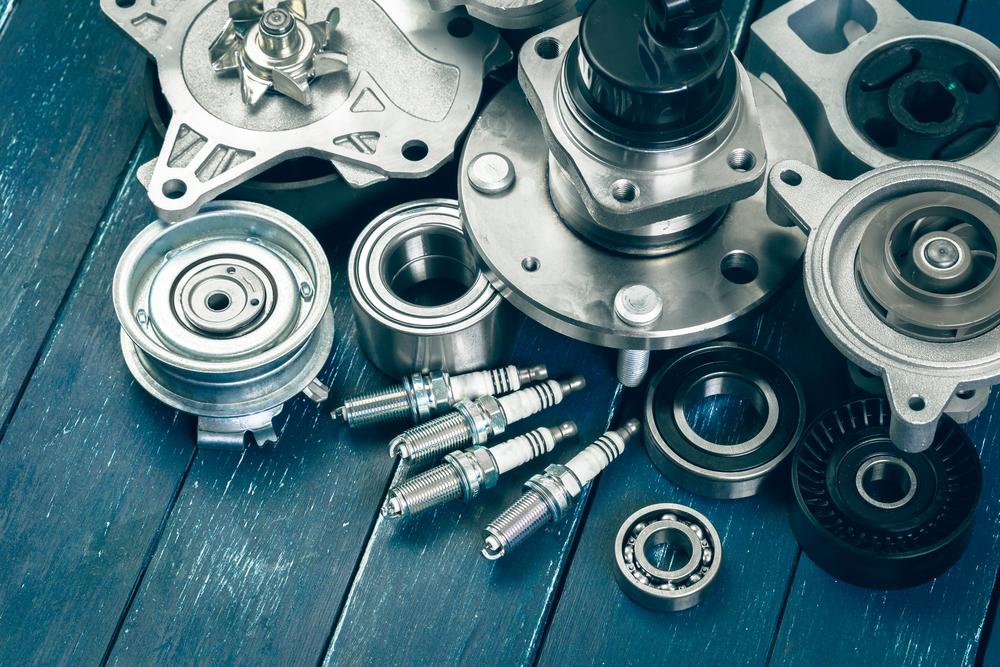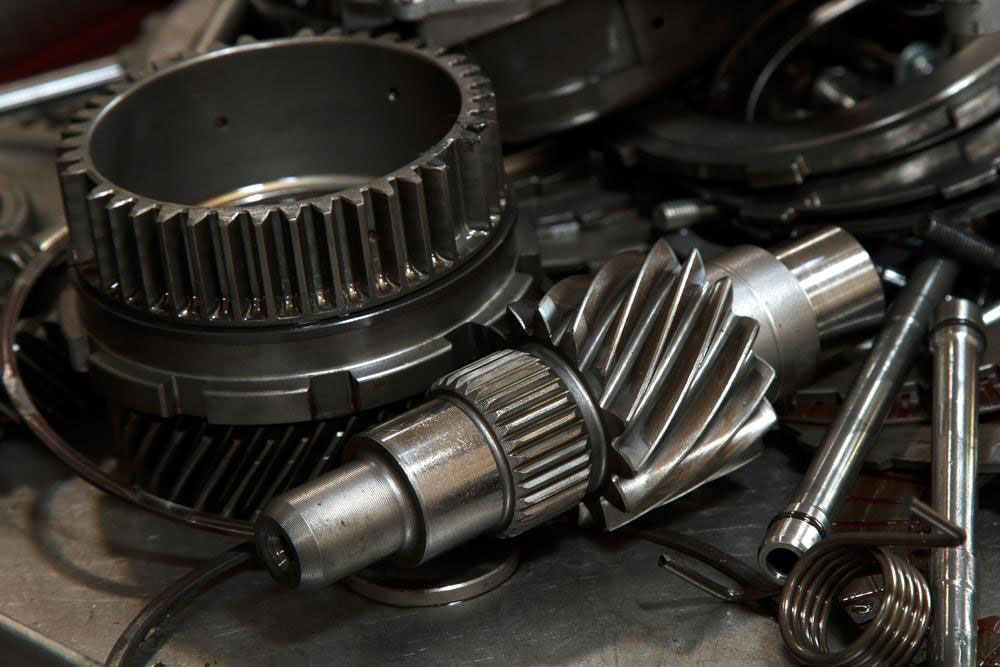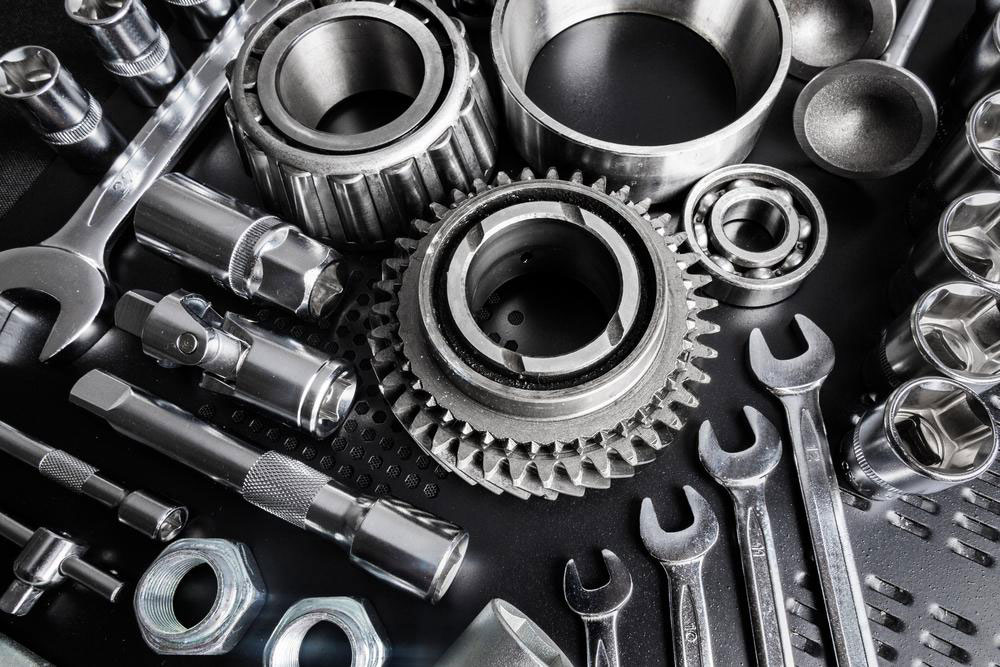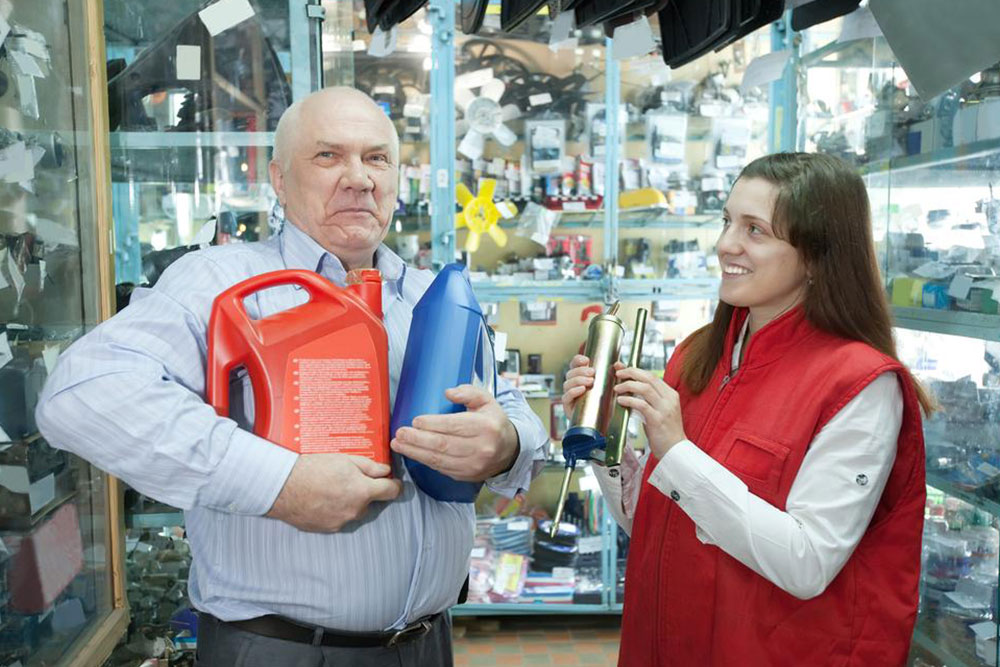Comprehensive Guide to Finding Affordable Auto Parts for Your Vehicle
Discover effective strategies for affordable auto parts shopping, including online research, junkyard sourcing, discounts, and buying used vehicles for parts. Learn how to save money while ensuring quality, and explore the best ways to maintain your car cost-effectively with practical tips and expert advice.
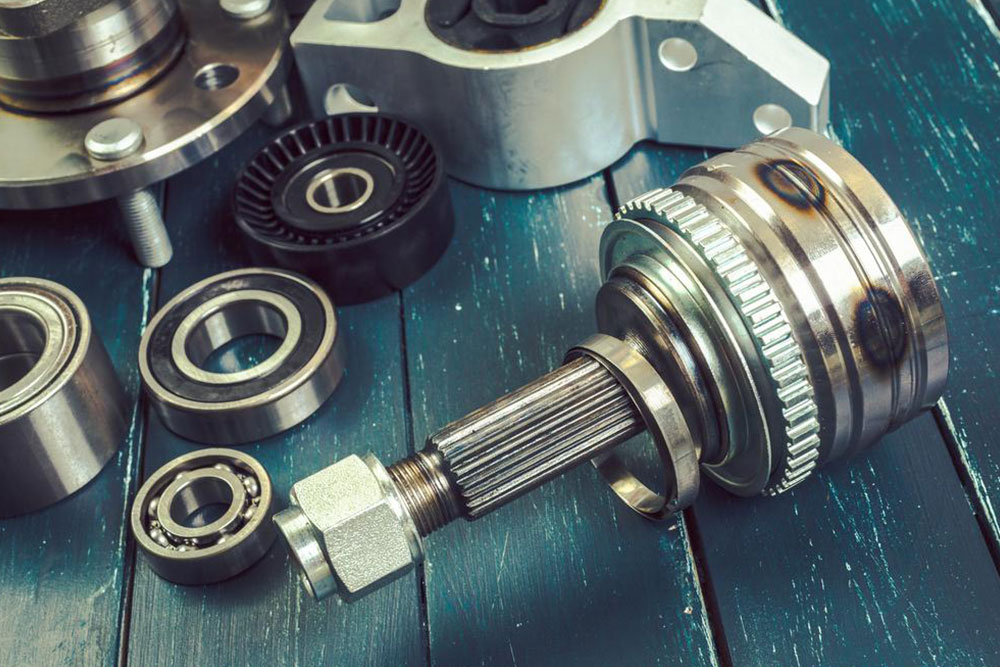
Comprehensive Guide to Finding Affordable Auto Parts for Your Vehicle
Whether you're dealing with a minor repair or a major overhaul, understanding where and how to find affordable auto parts can save you hundreds, if not thousands, of dollars. From online research and exploring junkyards to leveraging discounts and considering used vehicles for parts, this guide covers a wide spectrum of cost-effective solutions.
Here are some effective strategies to help you find auto parts at affordable prices:
Conduct Thorough Research
The first step toward affordable auto parts shopping is extensive research. Start by exploring online platforms that specialize in auto parts, such as dedicated automotive marketplaces, forums, and classified websites. Platforms like car-part.com, eBay Motors, Facebook groups dedicated to car repairs, and online automotive communities can provide valuable insights into pricing, availability, and quality standards. Comparing prices across multiple sources helps identify genuine discounts and prevents overpaying. Moreover, online reviews and community advice can guide you toward reputable sellers and quality used parts.
Utilize tools like price comparison websites to see variations in costs for specific parts, especially rare or specialized components. Additionally, joining local or online automotive communities allows you to exchange tips, seek recommendations, and even find trusted vendors for used or refurbished parts. Keep in mind that shipping costs, warranties, and seller reputability are important factors to consider during your research.
Verify Compatibility with Your Dealer
Before purchasing any auto parts, especially critical components like engines, transmissions, or electronic systems, consult your vehicle dealer to confirm the exact part number and specifications. This ensures compatibility and prevents issues arising from mismatched parts. Dealers can also provide OEM (Original Equipment Manufacturer) parts, which, although sometimes more expensive, guarantee fitment and reliability. Clarifying part numbers and specifications with your dealership reduces the chances of errors and helps you make informed purchasing decisions.
Explore Local Junkyards and Auto Recyclers
Salvage yards, also known as junkyards, are treasure troves for budget-conscious car owners seeking used auto parts. Visiting these locations allows you to physically inspect and select parts, ensuring they meet your quality standards. Many junkyards operate on a self-service basis, where you can pull out parts yourself, which further reduces costs. While it involves some time and effort, sourcing parts from junkyards can lead to substantial savings, especially for common components like bumpers, doors, and headlights. Always wear gloves and safety gear when handling used auto parts.
Leverage Online Discounts and Promotions
Many online retailers and manufacturer websites offer discounts, coupons, rebates, and promotional deals. Regularly browsing deal sites, subscribing to newsletters, or following social media accounts of auto parts suppliers can alert you to special offers. Additionally, seasonal sales or clearance events can provide significant discounts on both new and refurbished parts. Using promotional codes or coupons during checkout further cuts costs, making it easier to stay within budget. Keep an eye out for bundle deals, where purchasing multiple parts together offers additional savings.
Consider Purchasing a Parts Vehicle for Major Repairs
If your project involves replacing multiple parts, particularly body panels, engines, or transmissions, buying an entire vehicle for parts may be more economical. Auctions, impound lots, salvage yards, and classified ads frequently list old or wrecked vehicles suitable for parts. Look for donor cars that match your vehicle’s make, model, and year. While this approach requires some mechanical knowledge to dismantle parts safely, it can save you thousands compared to buying new parts individually. Ensure you verify the condition of the donor vehicle and prioritize parts that are less likely to be damaged or compromised.
Shop at Your Local Dealership as a Last Resort
While often the most expensive option, purchasing directly from your vehicle’s dealership guarantees genuine OEM parts with warranty coverage. If you need a critical part or cannot find suitable used or aftermarket options, this is the safest route. Some dealerships may offer price matching or discounts for bulk purchases, so don't hesitate to inquire about deals or financing options. This approach is recommended only when other budget-friendly options have been exhausted.
In conclusion, obtaining auto parts at affordable prices requires a combination of research, strategic shopping, and resourcefulness. By exploring various channels such as online marketplaces, junkyards, and discounts, you can significantly reduce your vehicle repair costs without sacrificing quality. Always verify parts for compatibility, and consider the long-term benefits of OEM versus aftermarket parts. With patience and careful planning, affordable auto parts shopping can become an achievable goal, helping you maintain your vehicle efficiently and cost-effectively.
